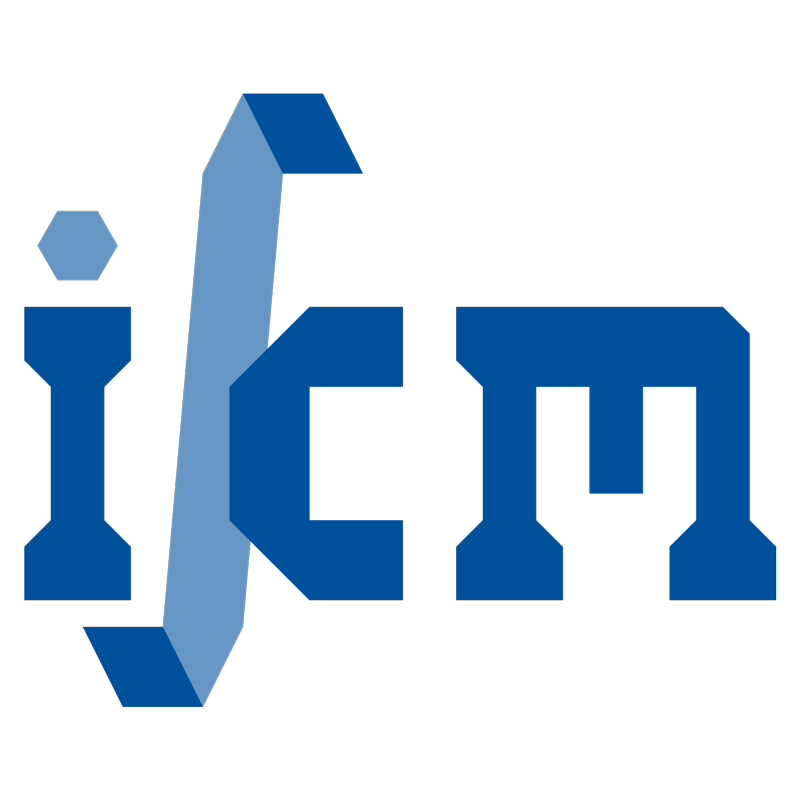Mathematical modeling and numerical simulation of arterial dissection based on a novel surgeon’s view
- verfasst von
- Meisam Soleimani, Rohan Deo, Blaz Hudobivnik, Reza Poyanmehr, Axel Haverich, Peter Wriggers
- Abstract
This paper presents a mathematical model for arterial dissection based on a novel hypothesis proposed by a surgeon, Axel Haverich, see Haverich (Circulation 135(3):205–207, 2017. doi.org/10.1161/circulationaha.116.025407). In an attempt and based on clinical observations, he explained how three different arterial diseases, namely atherosclerosis, aneurysm and dissection have the same root in malfunctioning Vasa Vasorums (VVs) which are micro capillaries responsible for artery wall nourishment. The authors already proposed a mathematical framework for the modeling of atherosclerosis which is the thickening of the artery walls due to an inflammatory response to VVs dysfunction. A multiphysics model based on a phase-field approach coupled with mechanical deformation was proposed for this purpose. The kinematics of mechanical deformation was described using finite strain theory. The entire model is three-dimensional and fully based on a macroscopic continuum description. The objective here is to extend that model by incorporating a damage mechanism in order to capture the tearing (rupture) in the artery wall as a result of micro-injuries in VV. Unlike the existing damage-based model of the dissection in the literature, here the damage is driven by the internal bleeding (hematoma) rather than purely mechanical external loading. The numerical implementation is carried out using finite element method (FEM).
- Organisationseinheit(en)
-
Institut für Kontinuumsmechanik
- Externe Organisation(en)
-
Medizinische Hochschule Hannover (MHH)
- Typ
- Artikel
- Journal
- Biomechanics and Modeling in Mechanobiology
- Band
- 22
- Seiten
- 2097-2116
- Anzahl der Seiten
- 20
- ISSN
- 1617-7959
- Publikationsdatum
- 12.2023
- Publikationsstatus
- Veröffentlicht
- Peer-reviewed
- Ja
- ASJC Scopus Sachgebiete
- Biotechnologie, Modellierung und Simulation, Maschinenbau
- Elektronische Version(en)
-
https://doi.org/10.1007/s10237-023-01753-y (Zugang:
Offen)


